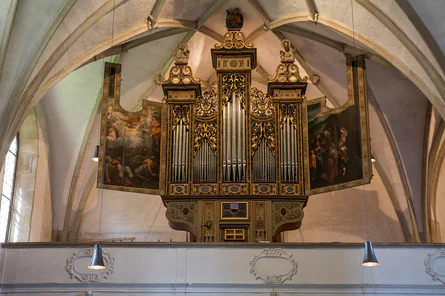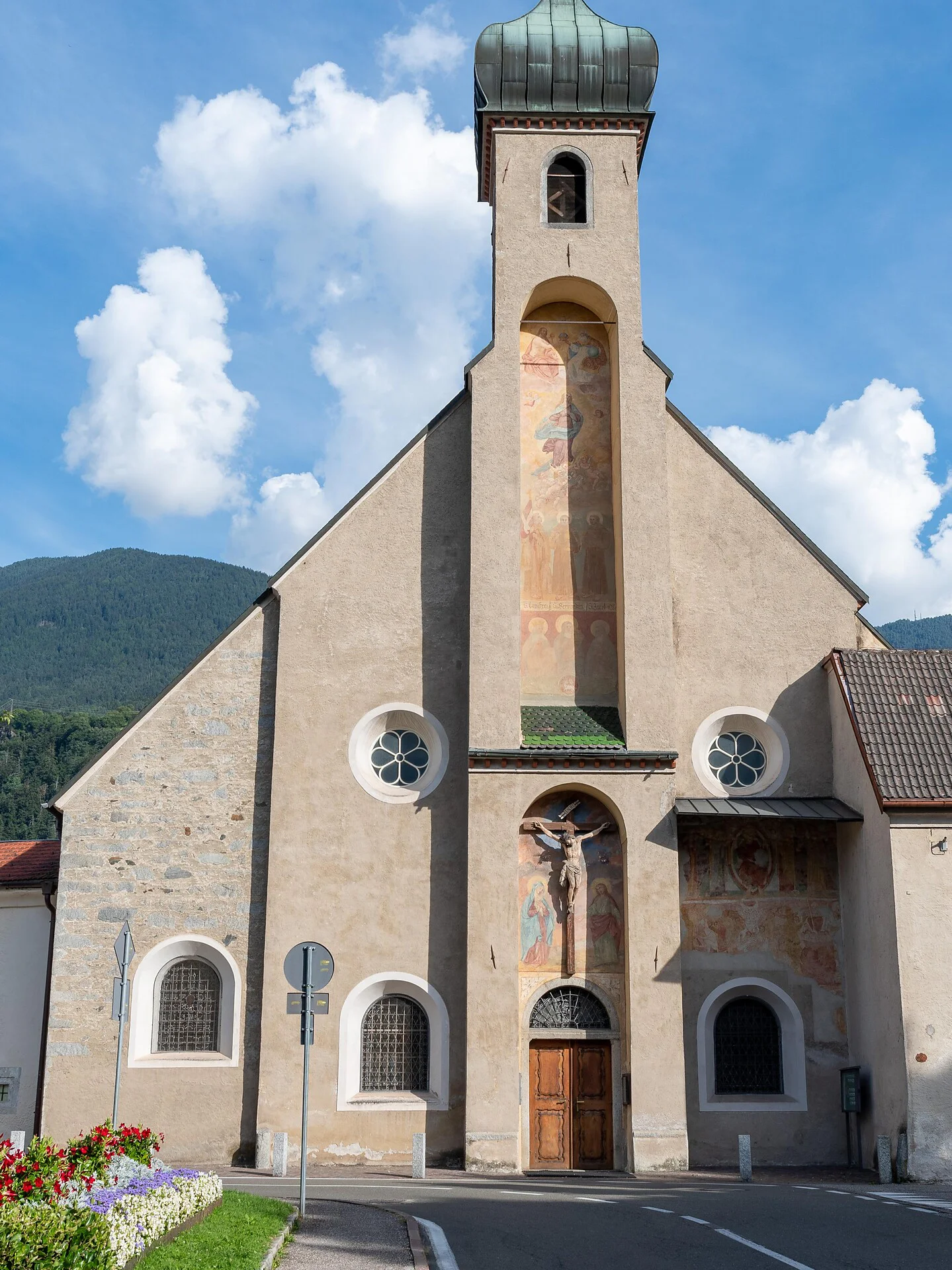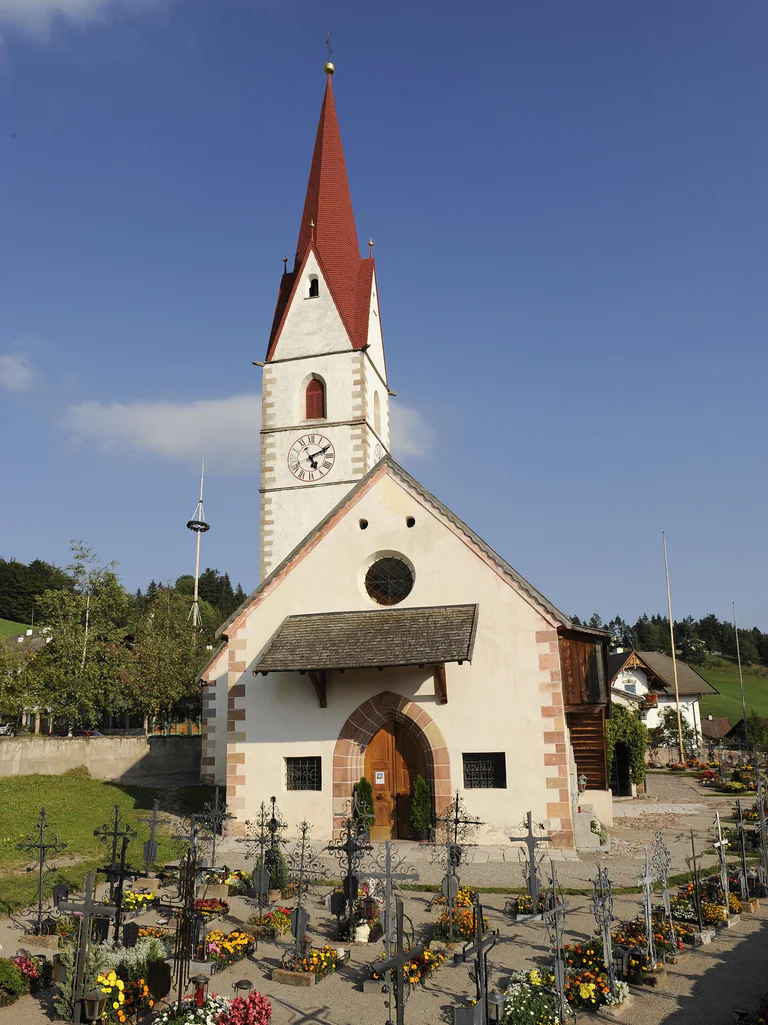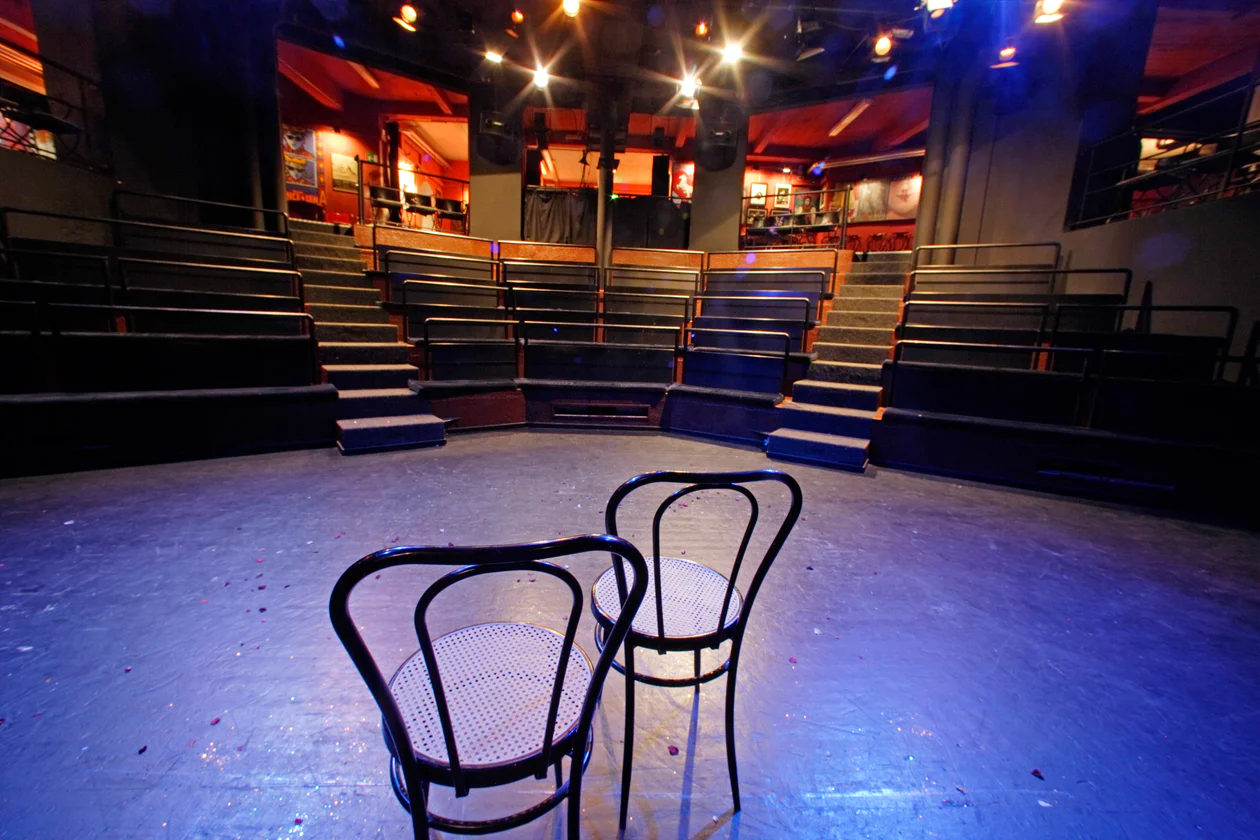In 1336 we find the first evidence of an independent Montan parish priest. Whether he already lived in this house, however, is not attested. Only in 1537/38 - Christian Seidl from Reichental in the diocese of Salzburg was parish priest at that time - is a Widum mentioned, which is described as very small, old and dilapidated.
The parish priest Alexander Giovanelli, who worked here from 1702 to 1743, rebuilt the vicarage at great expense and settled the matter with the parish and the church provost in 1734.
The frescoes, St. Nepomuk (water and bridge saint and at the same time the only saint with a star wreath) and the "Mater Dolorosa", whose worship was promoted by parish priest Alexander Giovanelli, were probably also painted at this time. In the Widum there is a panelled farmhouse parlour with an old fireplace, as well as an archive with 233 volumes and baptismal, marriage and death registers from the 16th century. These have been preserved despite looting and arson by the French.
In the cadastre of 1775, the Widumhof has a stable and barn, "torggl" (wine press), herb garden and small meadows with fruit trees, arable land and vineyards.



























































